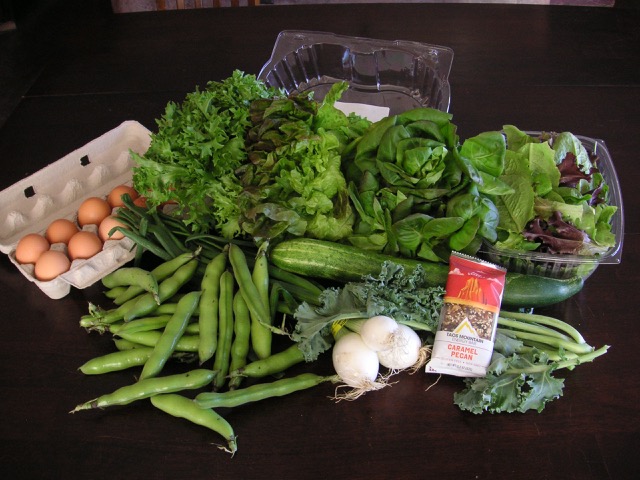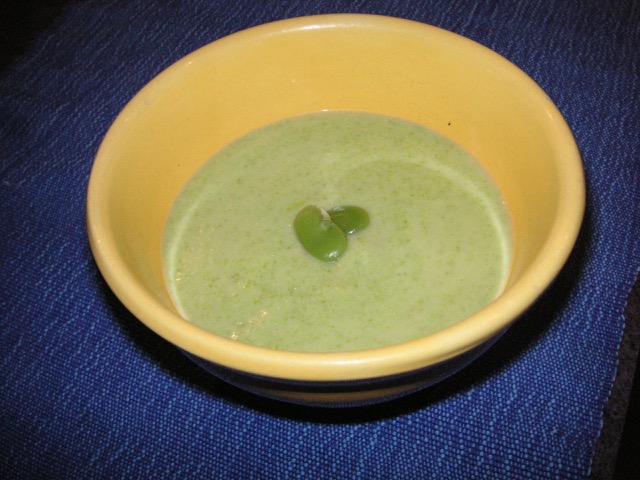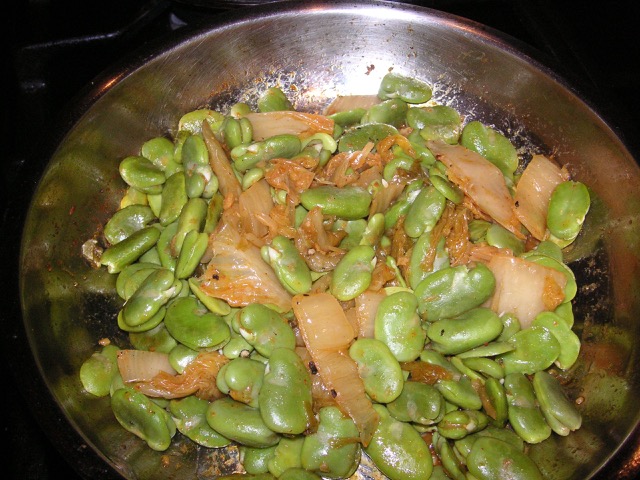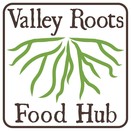|
“If you really want to make a friend, go to someone’s house and eat with him… the people who give you their food give you their heart.” -Cesar Chavez Well, attitude and perspective. These things govern our days. Its amazing how everything that can go wrong does go wrong and its still okay. Its fine. There's always something to be humorous about, even if its the absurdity at hand. There's some small and large beauty to bring humility and awe. Colorado Peach season is right around the corner. We will include some in the boxes but if you want to get a case look for it in the market. Wednesday 4 pm deadline. Coolers, boxes, and clamshells....send 'em back! Here's the box: Fava Beans, COG, White Mountain Farm, Mosca, CO 1 pound Spring Mix Heads, Brightwater Farms, Monte Vista, CO 1 clamshell Sweet Baby Lettuce Mix, Ring a Ding Farms, Howard, CO 1 clamshell White Onions, COG, WMF 1 bunch Living Green Kale, Brightwater Farms 1 plant Cucumber, Ab Yoder Family Farm, Alamosa, CO 1 cuke Taos Mountain Energy Bar 1 Bar Fava Beans are one of the oldest domesticated crops going back 8000 years in the Middle East and Europe. Fava comes from the Italian Fava meaning "broad bean," which is how they are know in most other parts of the world. Their cultivation in the San Luis Valley goes back to the Spanish settlers in the 17th and 18th centuries and those heirloom seeds are still cultivated around San Luis by members of the Rio Culebra Agricultural Cooperative. You can buy dried Haba Beans, as they call them, from the CSA market from Rio Culebra. They are a standard at White Mountain Farm not only because it is a nice crop that grows well here, but also because it is a legume. Legumes, from the Family Fabaceae, have a peculiar relationship with a bacterium Rhizobium in which the bacteria colonizes the root systems of the plant and fixes atmospheric nitrogen (80% of the air we breathe) in nodules that the plants and soil can use. This is soil-food-web alchemy at its best, and its only Legumes that attract this Rhizobium. In organic agriculture, this is used in rotation of crops, as crops that are planted in soils that had legumes will benefit from this assimilable nitrogen. Below is a photo of White Mountain's Paul New displaying his Fava's nitrogen nodules.  From Megumi's Kitchen: On Fava Beans.... "I like to eat fave beans simple… like throw them on the grill with the outer shell on, or take out only the outer shell and boil the beans in salt water. Peel the skin as you eat." But if you “insist" on doing something, here are some ideas…. Fava bean soup: 1. Shell the fava beans from the outer pods, boil the beans (skin on) in salt water till some skin starts to break, drain, chill, and take off the skin. set aside. 2. slice onion thin, sauté it in butter on low heat till translucent. salt and pepper (white pepper if you have some) for taste. add a few spoons full of flour. keep mixing well on low heat. little by little add milk while keeping it on low heat and mixing continuously. 3. let the onion/white cream cool a bit. place it in a food processor/blender and puree till smooth. 4. add fave beans and run the processor till the mixture is smooth. add more milk to achieve desirable thickness. 5. put it back in a pan, heat on low till it is throughly cooked. taste and add salt & white pepper to your liking. serve chilled or warm This is fava beans and kimchi stir fry. It’s good with some pork too.
0 Comments
Leave a Reply. |
Archives
June 2024
Categories |





 RSS Feed
RSS Feed

